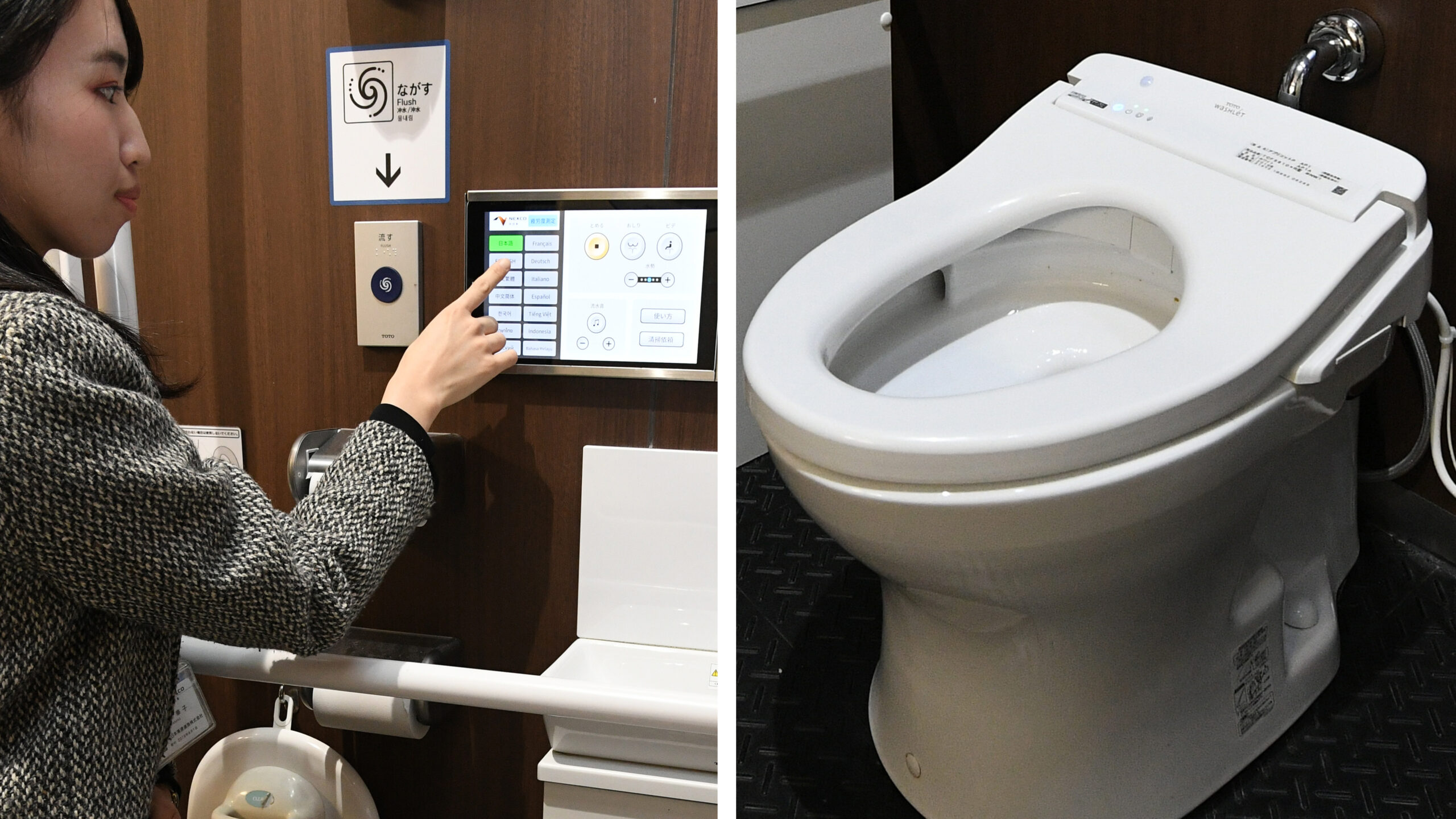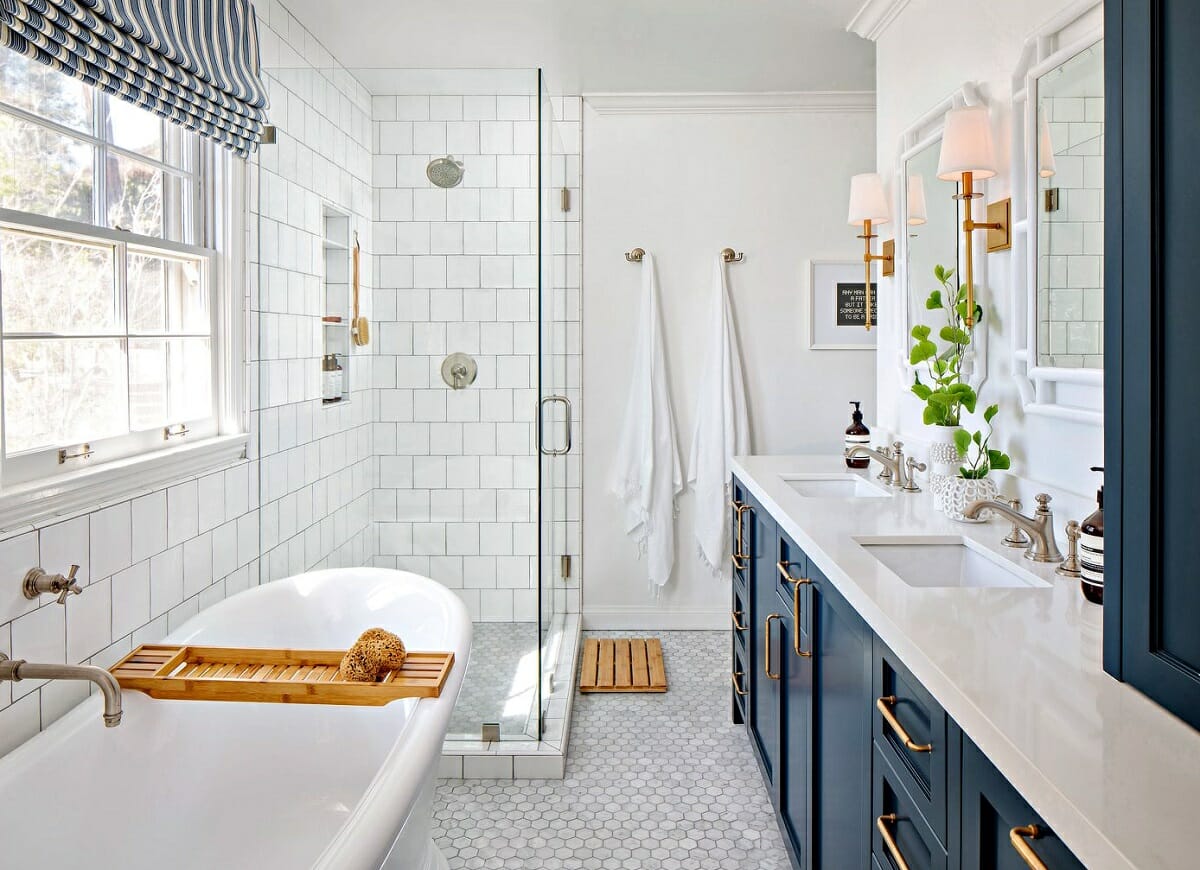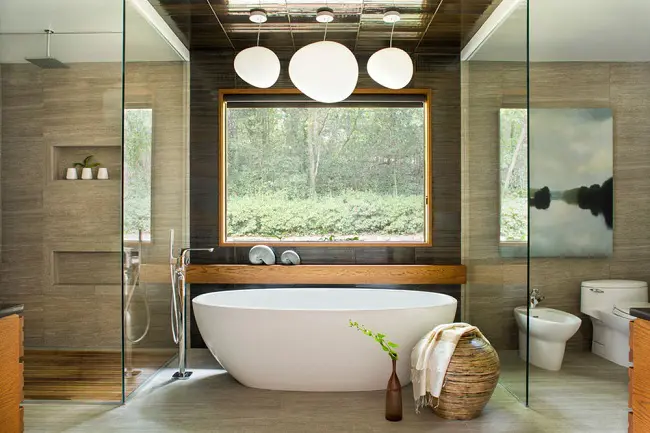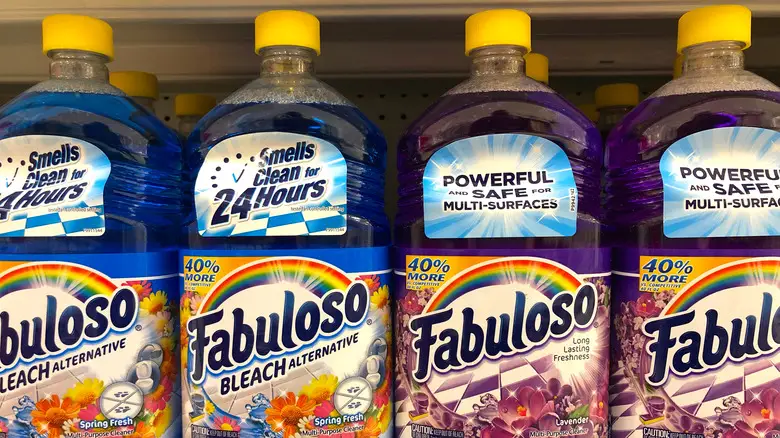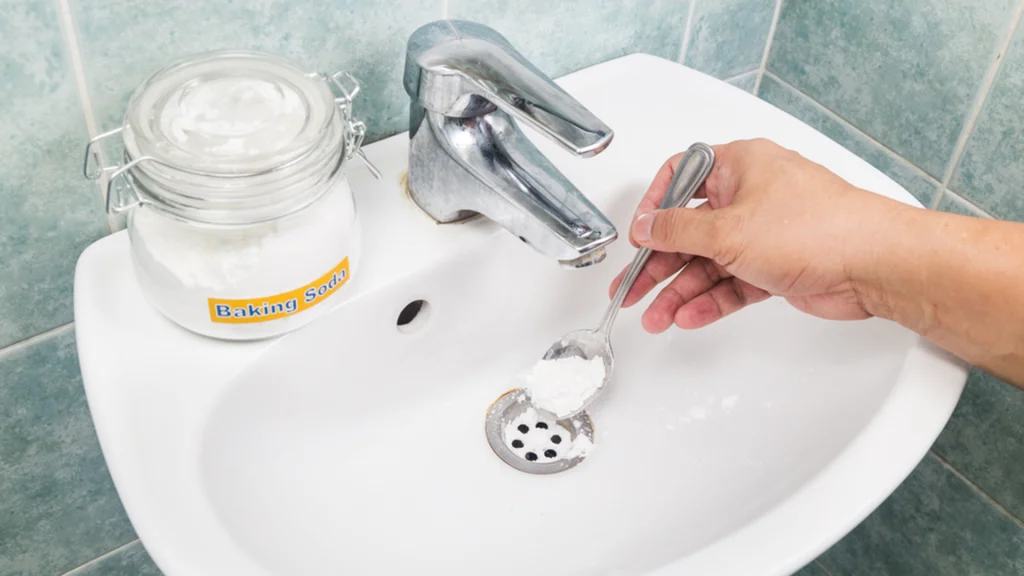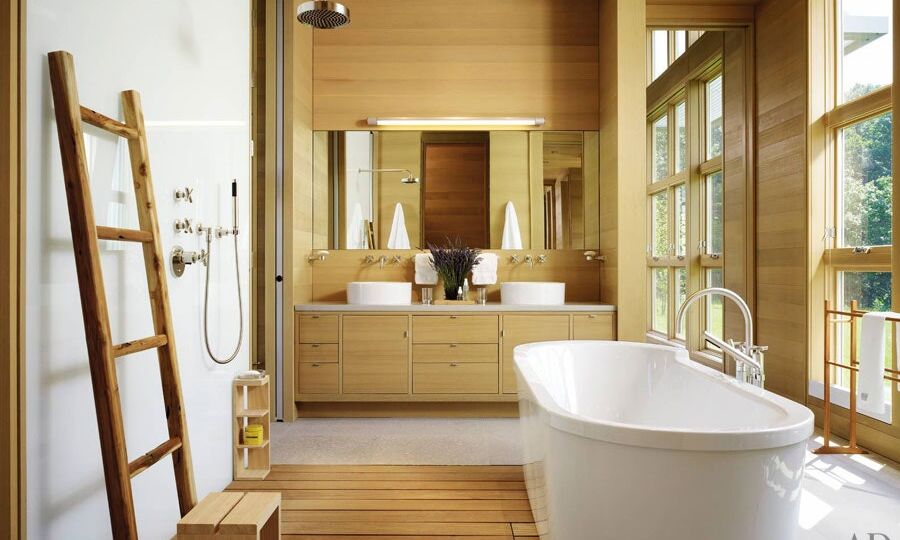The importance of having a clean restroom is sometimes overlooked. When we move into a new house, it may not be the first spot we check out, but it is certainly deserving of some serious thought and attention.
Bathrooms in Japan are not quite the same as the ones you’re used to back in the United States. Bathrooms are often more wet spaces that include enormous soaking tubs, in addition to separate toilets and vanities. This design is reminiscent of the public baths that were common in old Japan. There’s a solid reason for this, and in order to find out why, as well as how you can save money on rent by concentrating on the bathroom, let’s get in-depth with a crash course on Japanese bathrooms.
Layout
The design of a Japanese bathroom will change depending on the sort of building that you are staying in. One characteristic that distinguishes Japanese bathrooms from those designed in the western style is the location of the toilets in a separate room from the rest of the space. It’s possible that doing so may not be the best course of action in a country where space is at a premium. Nevertheless, there are a few reasons why it makes a great deal of sense under the circumstances.
The bathrooms in Tokyo, in particular, are rather small, and the last thing you want to do is cross over what should be the cleanest outlet in the home (the bath), which is your dirtiest outlet in the house (the toilet). One such explanation is that Japanese people like taking long, relaxing baths very much. After a hard day’s work at the office, there’s nothing quite like relaxing in a hot bath for a good long while. If you do want to partake in some rest and relaxation, you won’t have to worry about being disturbed in a Japanese restroom since no one else will be using it simultaneously.
If you want to reduce the amount of money you spend on rent and you live by yourself, search for homes that include a bathroom and a toilet that are merged into one space. If you could care less about the separated layout, there is a good possibility that you might locate a house that is renting for less money since the bathroom comes as a double feature. This is because the separated layout is quite desired for the vast majority of Japanese people.
Bathtubs and commodes that are loaded with electronic technology
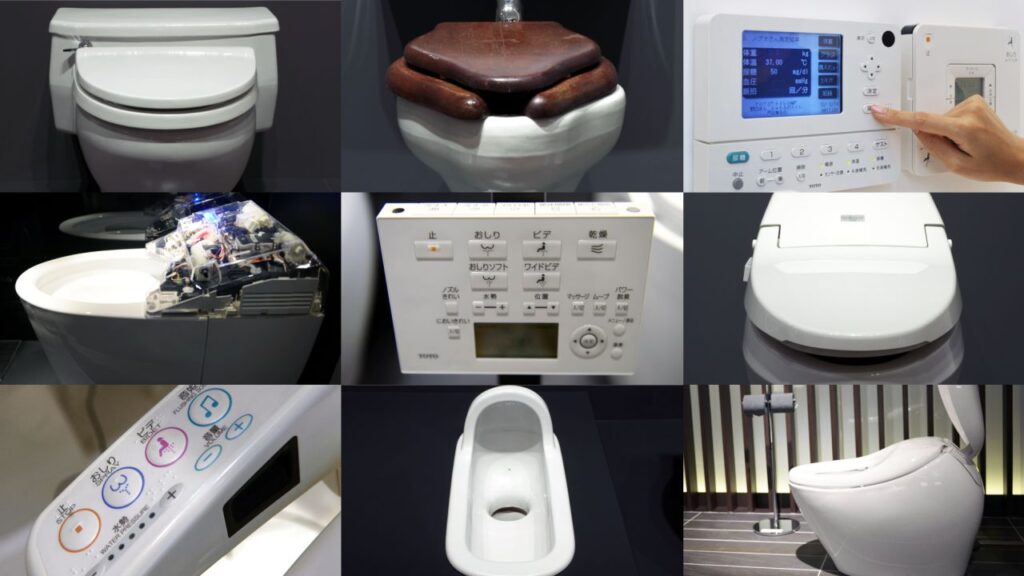
If you’ve ever gone to Japan, or even if you’ve just done some browsing on the internet, you’ve definitely noticed that Japanese restrooms are becoming more high-tech. The bathroom is the most apparent option. In most contemporary flats, the toilet is outfitted with an attachment that resembles a bidet. When it comes to the spray, there are, as a rule, a number of settings that are considered to be standard across the board. However, the settings themselves are determined by the manufacturer and type of the sprayer.
The selections will provide a variety of configurations from which you may choose the one that best fits your needs. To stop, press the button shown as a square or with the kanji for “stop.”
You will note when you go to a public bath that when Japanese people take a bath, they first thoroughly wash themselves in the shower before getting into the bathtub. This is also how they bathe at home. What this entails is that the water used for a bath in the house may be reused for numerous days or by multiple individuals. A lot of the time, the gadgets and buttons you find next to the bathtub or outside the bathroom are insulation systems for the bathtubs. These systems either maintain the water in the bathtub at a comfortable temperature or reheat it for later use. In addition to that, you’ll note that the majority of tubs come with a cover. It’s not just a great method to save water, but it also completely changes how you should think about taking a shower.
Theraputic advantages may be derived from using electronic baths since they are outfitted with cutting-edge technologies. They are equipped with adjustable jets that may provide calming massages, helping to relax tense muscles and increasing overall feelings of well-being. Certain versions even have chromotherapy lighting, which employs a variety of hues to provide an atmosphere that is soothing to the senses. The total experience may be elevated to a higher level by installing sound systems that enable people to listen to their preferred podcasts or music as they relax in the hot tub.
The key to maintaining order in your bathroom
There is a good chance that your bathroom in Japan is on the smaller side, with fewer shelves than usual, or that it is less of a bathroom in the conventional sense and more of a huge wetroom–washroom combination. As a result of these factors, there are a few items that can be purchased that will make your life simpler and more convenient.
Shower caddy Having a caddy or basket to store items like loofahs, razors, shampoo and soap pump bottles and other similar items may be helpful in maintaining a clean and organised bathroom even if you do not have a lot of shelf space.
Slippers made of plastic; they are to be worn in the bathroom. Because it is customary to remove one’s shoes upon entering the majority of private residences as well as traditional-style public venues, the majority of restrooms are equipped with plastic slippers that one may don in the name of cleanliness and to protect one’s socks from becoming wet.
If your bathroom has both a wash area and a tub, you will need a stool in order to sit while you are bathing. Because taking a shower involves sitting down for the vast majority of people, most bathrooms are built with this practice in mind. After you have finished using the stool, you should thoroughly clean it by rinsing it out.
Slip pad: A slip pad is a helpful small safety feature that can be installed in bathrooms that have tubs. It serves to avoid any accidents from occurring while transferring from the shower area to the tub or vice versa.
How to prevent mould and mildew from growing in the shower and the wet room
Mould is a common problem in Japan due to the country’s moist, humid summers and toilets that tend to get flooded from top to bottom. Nevertheless, there are a few useful strategies that may be used to keep the material away.
Keep the fan going as much as you possibly can. It doesn’t matter whether it rains all day on a summer day since all it does is boost the circulation of air.
Rinsing the bathroom with cold water after each use helps reduce the temperature left behind and the likelihood of mould growth. This is especially helpful if you are the kind of person who enjoys taking really hot showers and baths.
Use a vinegar spray on a regular basis if the smell isn’t an issue for you, or invest in a bio cleaner that eliminates mould by using beneficial bacteria to combat the bacterium that creates mould.
Last but not least, make sure you read our guide on non-toxic cleaning products before tackling a major cleaning project if you don’t want to expose yourself and those around you to a wide variety of harmful chemicals but still need to get everything squeaky clean.








